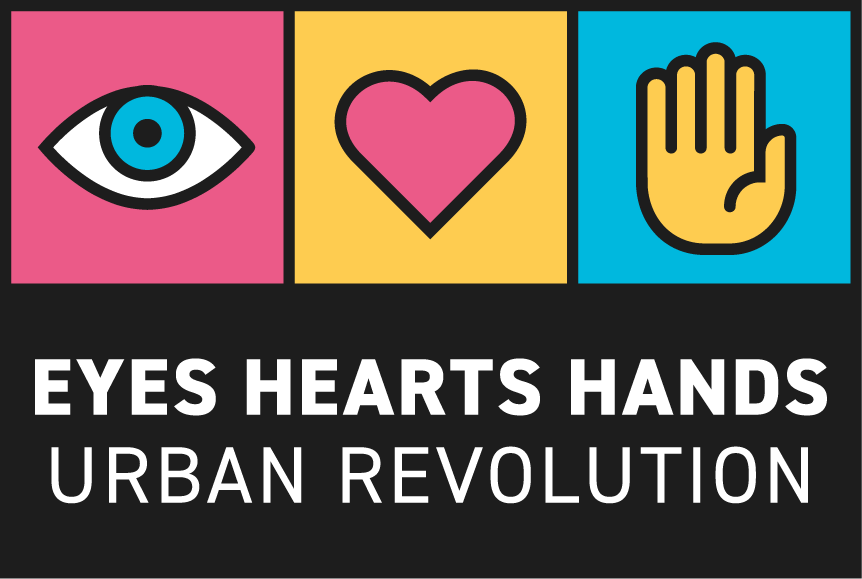
Project facts
Presentation
Climate change poses a threat by increasing people’s vulnerability, undermining economic progress, impeding social and economic growth, and worsening access to crucial services. Given that 55% of the global population resides in urban areas, cities play a central role in addressing climate change. However, many cities often lack the expertise to effectively implement their energy and sustainability plans, and city managers encounter difficulties in identifying appropriate technological solutions and governing large-scale renovation processes.
In response to these challenges, the Eyes Hearts Hands project introduces an innovative methodology aligned with the principles of the New European Bauhaus (NEB). Its objective is to connect the realms of art, culture, and education with science and technology. The project also aligns with EU Missions that share common objectives with the NEB, as both initiatives strive to address significant challenges in health, climate, and the environment through increased citizen engagement and the leveraging of research and innovation.
Impacts & Results
The uniqueness of the Eyes Hearts Hands project lies in its methodology, engagement and financing practices, and its considerable potential for replication in diverse contexts.
The Urban Revolution is implemented through three key pillars: Eyes, Hearts, and Hands.
The Eye fosters the transformation of cultural heritage and traditional infrastructure through aesthetic design by leveraging local resources for materials, and techniques. It also harnesses human capital, local skills, and the commitment of multiple stakeholders.
The Heart pillar, which builds on the Eyes pillar, is all about ensuring fairness, equality and inclusiveness.
The Hand enhances co-creation processes, a key requirement for urban planning and service provisioning.
The Eyes Hearts Hands project facilitates cities through inventive co-design and co-investment approaches, uniting local business and educational communities, entrepreneurs, social enterprises, and city residents. The objective is to devise and implement solutions for their most pressing issues, including environmental and climate adaptation, social segregation, and the repurposing of existing or heritage infrastructure. The ultimate goal is to ensure the long-term sustainability and resilience of cities.
Documents


